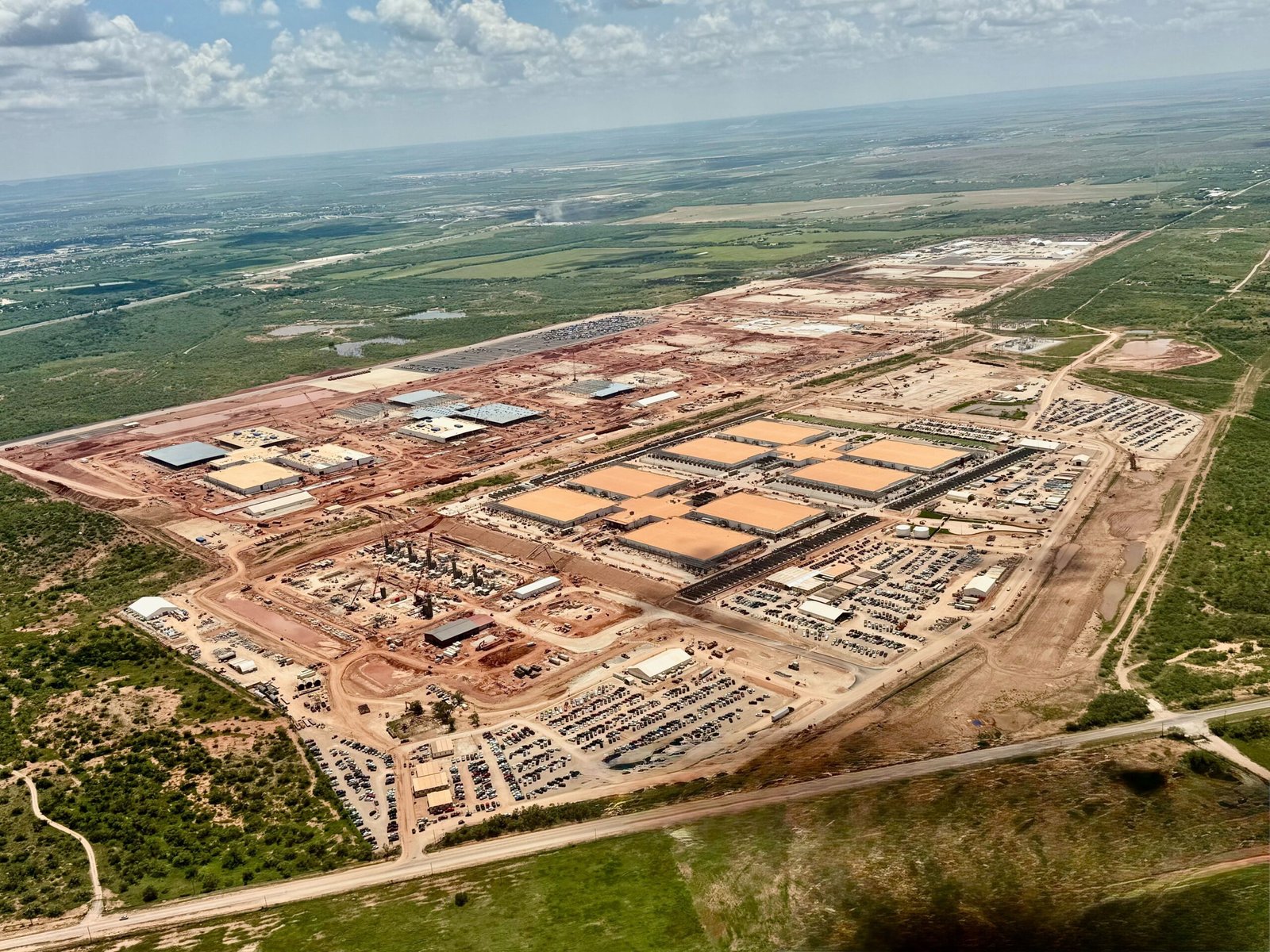A Massive Leap Toward the AI Infrastructure of the Future
In a monumental move that reshapes the AI infrastructure landscape in the United States, Oracle and OpenAI have unveiled a partnership to build an additional 4.5 gigawatts (GW) of data center capacity under OpenAI’s ambitious Stargate initiative. This expansion more than quadruples the platform’s scale and cements Stargate as the world’s most aggressive AI infrastructure project to date.
The new capacity, expected to power over 2 million AI accelerator chips, will dramatically scale OpenAI’s computing capabilities for next-generation large language models (LLMs) and aligns with broader national ambitions to secure American dominance in the global AI arms race.
This announcement pushes the total Stargate capacity under active development to over 5 GW, primarily driven by Oracle’s cutting-edge data center infrastructure and OpenAI’s insatiable demand for compute to train ever-larger AI systems.
Stargate’s Vision: Redefining the AI Data Center Paradigm
OpenAI’s Stargate platform is not just another data center project—it is a reimagined global-scale compute ecosystem. Announced earlier this year with a bold $500 billion commitment to build 10 GW of AI infrastructure over four years, Stargate aims to anchor the world’s most advanced AI systems across a network of hyper-scale U.S.-based facilities.
The platform’s name symbolizes a gateway to powerful new AI frontiers, both literally and figuratively. The facilities being developed are designed to support cutting-edge training and inference workloads for frontier AI models—models that surpass current capabilities of systems like GPT-4 and GPT-4o.
Oracle Steps In: From Cloud Challenger to AI Superpower Enabler
This partnership with Oracle is a strategic pivot for OpenAI, and a bold play by Oracle itself. Oracle will not only help finance and build the new Stargate sites, but will also be the long-term cloud hosting partner. OpenAI has committed to $30 billion in annual cloud spending with Oracle beginning in 2028, underscoring the depth of this alliance.
Oracle will deliver data center services optimized for AI workloads, including support for high-bandwidth interconnects, direct chip cooling, and the ability to power tens of thousands of NVIDIA GB200 Grace Blackwell Superchips.
Oracle has already begun shipping these chips to the Stargate I site in Abilene, Texas, where OpenAI has started early model training and inference activities. The site, which is partially operational, will serve as a prototype for future Stargate locations across Texas, Michigan, Wisconsin, and Wyoming.
Massive Economic Impacts: 100,000 Jobs and Counting
One of the most striking aspects of this development is the scale of job creation. OpenAI estimates that the buildout and operation of the additional 4.5 GW of capacity will generate over 100,000 jobs. These include:
- Direct roles: Full-time operations, data center technicians, thermal and electrical engineers.
- Construction jobs: Electricians, steelworkers, and concrete specialists—many already employed at Stargate I.
- Indirect employment: Supply chain manufacturing, logistics, and local services like housing, retail, and food.
This investment is a cornerstone of OpenAI’s broader reindustrialization push—leveraging AI infrastructure as a catalyst for long-term economic growth and revitalization of American industry.
Complicated Dynamics with SoftBank
While the Oracle partnership charges forward, another key stakeholder—SoftBank—has seen its role somewhat diminish in this phase. Despite being a co-founder of Stargate and a vocal proponent of AI infrastructure, SoftBank is not involved in this specific 4.5 GW expansion.
Reports from the Wall Street Journal suggest execution hurdles and friction in coordinating funding timelines have slowed SoftBank’s progress. Internal emails reviewed by Axios reveal frustration from OpenAI leadership over delays and logistical mismatches in SoftBank’s development pipeline.
However, SoftBank remains a major long-term partner and is still pursuing site assessments and infrastructure innovation for future Stargate phases.
Technical Infrastructure and Performance Goals
The scale of compute being delivered is historic. At full deployment, over 2 million high-end AI chips will be housed in Stargate facilities. These chips will drive:
- Next-generation AI model training: Likely GPT-5 and beyond.
- Low-latency inference: For real-time generative AI services.
- Distributed experimentation environments: Supporting safe development of autonomous AI systems.
Each site is engineered for high energy efficiency and reliability. Advanced cooling systems, renewable energy integration, and custom electrical design will be required to maintain thermal and operational stability at such density.
The implications go beyond raw compute—this will influence AI safety, scaling laws, and experimentation paradigms for foundation models globally.
Strategic Implications for the AI Landscape
| Domain | Impact of the 4.5 GW Expansion |
|---|---|
| AI Sovereignty | Positions the U.S. ahead of China, EU in native AI infrastructure. |
| Chip Utilization | Relieves pressure on supply-constrained NVIDIA inventory, improving model development timelines. |
| Oracle’s Position | Transforms Oracle from cloud underdog to one of OpenAI’s top-tier infrastructure providers. |
| AI Job Market | Spurs a new class of technical jobs for America’s middle and high-tech workforce. |
| OpenAI’s Compute Strategy | Diversifies away from exclusive Microsoft reliance, adding resiliency and cost-optimization. |
Final Thoughts: Stargate as a National Infrastructure Layer
What was once a speculative ambition—10 GW of compute, $500 billion in investment, and millions of chips powering the world’s most powerful AIs—is fast becoming a tangible reality.
Oracle’s 4.5 GW addition is more than just a data center project; it represents a strategic pillar in the AI economy. As competition heats up globally, Stargate could become not only OpenAI’s compute backbone but also the defining AI infrastructure of this generation.
Whether this vision will meet its full potential depends on flawless execution, regulatory cooperation, and sustained capital flow—but for now, the Stargate is wide open.









